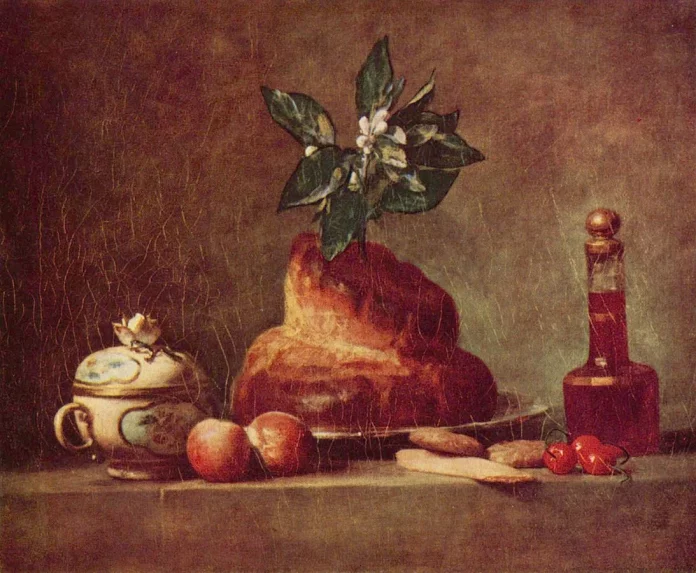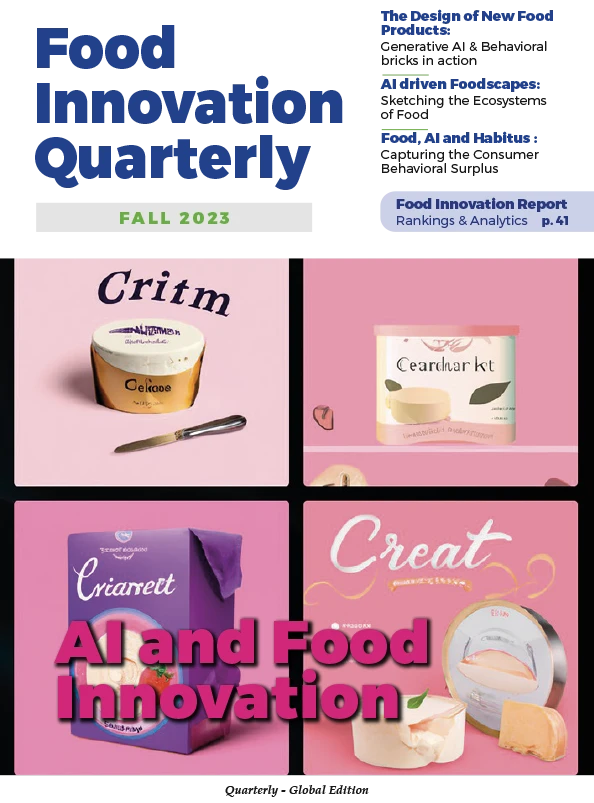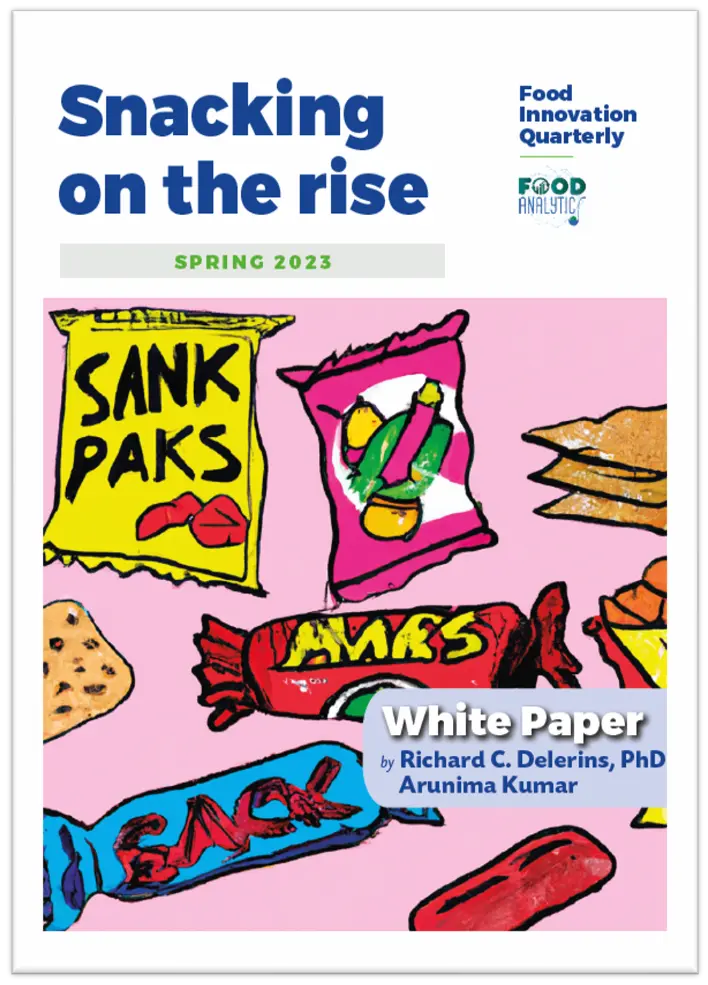Often clearly demarcated in the past, the border between bakery and pastry-making appears to be scrambling. The colours, softness of the crust and crumb, customizations, the codes of pastry are percolating into bakery more and more, giving rise to a novel amalgamation.
Food scholars have coined this convergence as ‘Briochization’, representing neither entirely bakery, nor pastry but a hybrid of both. Not to be confused with Viennoiseries, which represent Austrian or Central European pastries that were culinarized by the French centuries ago, Briochization not only encompasses the many hybrids that currently exist in the world of pastry but also new forms of soft, sweet, milky breads beginning to grace the storefronts of bakeries across the world.
Meet The Hybrids
For culinary historians and consumers alike, 2013 was the year of the ‘cronut’- the most famous reiteration of the hybridisation trend by renowned pastry chef Dominique Ansel. The ‘cronut’, a croissant-doughnut hybrid resembles the doughnut in shape and is filled with cream just like one but has the flaky, buttery texture of a croissant. However, the world had fortunately not been deprived of this kind of hybridisation BC, that is, Before Cronut!
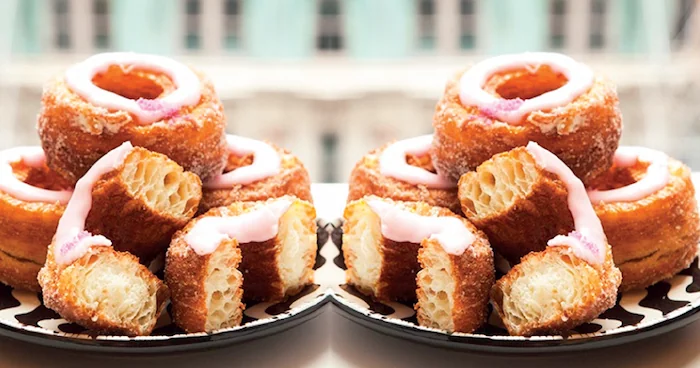
The pretzel-croissant was accidentally birthed in 1997 when Sandra Nieve, a pretzel baker in New York, dipped a croissant into the lye solution she used to give her pretzels their sheen. She baked it, dusted it with salt and sesame seeds, and a pastry star was born. In 2020, Marks & Spencer revived this combination and launched a croissant-pretzel hybrid of their own, calling it the ‘Cretzel’.
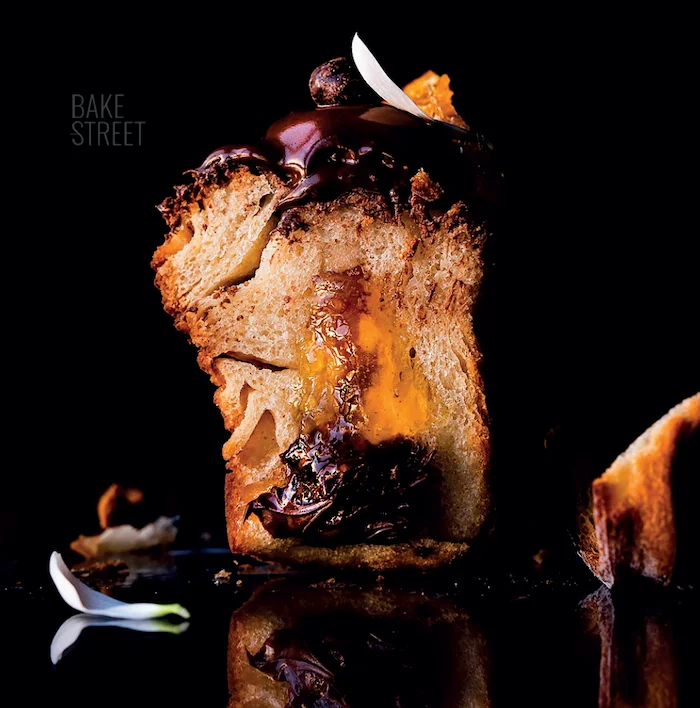
At first considered a fad or merely a passing trend, hybridisation has rather stayed for long and brought many inventions to the consumers. A ‘cruffin’ is another such cross between classics and innovation that continues to attract consumers.
As the name suggests, the cruffin combines the texture and layers of a croissant with the shape of a muffin and is sometimes centre-filled with some flavoured cream for the extra kick. There’s also the ‘Donnoli’ (Donut + Cannoli), ‘Crookie’ (Croissant + Cookie), ‘Townie’ (Tart + Brownie), ‘Macaronuts’ (Macaron + Donut) and the list goes on.
The key is to break the mould of convention and get rid of any pre-conventions about what a certain bakery product should be like. Start with visuals, then play around with names and ideas of which products would be paired best. Delifrance was the latest to tap into this world of concoctions at the end of 2020 when it released its ‘Brownie Swirl’, a combination of puff pastry and brownie.
That Brioche Dough: Looking Past the Fusion
Hybridisation is a sure facilitator of bakery and pastry innovations but Briochization goes a step further. The foundation is the brioche, a bread of French origin first appearing in 1763 as art in French painter Jean Baptiste Chardin’s ‘La Brioche’. It is made in the same basic way as a regular bread but has the richness of pastry because of the extra addition of eggs and butter and occasionally sugar. It is considerably softer and fluffier and is often laminated.
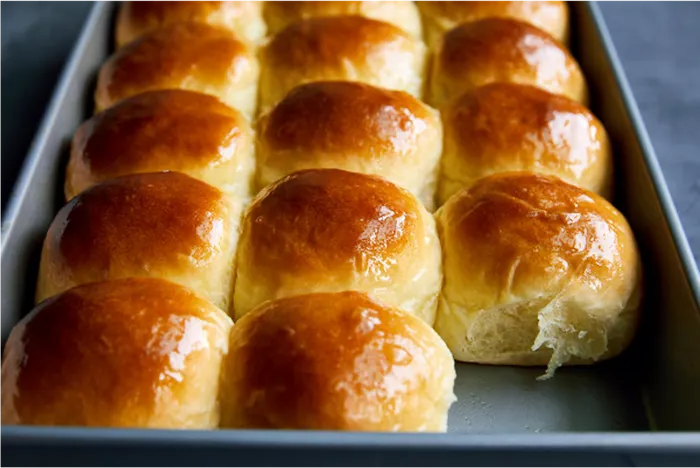
A decade ago, not many people had heard of the Babka or the Rugelach, but today, owing to the phenomenon of briochization, these have become mainstream in bakeries globally. Since consumers are looking for familiar products but with a twist, briochization offers a way to reinvent classic flavours, taking the formats and taste of an original product, but baking it differently with ingenious techniques, ingredients or flavours. Additionally, with the snacking culture on the rise, people are eating more frequently in-between meals, often going to these fun and creative treats for a break.
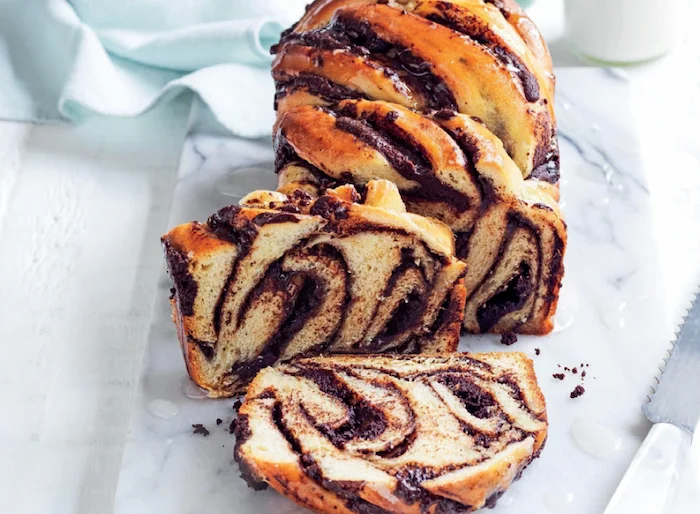
Consider the latest forerunner, the Hawaiian Roll which ironically originates from the Portuguese pão doce, ‘sweet bread’ but was made popular by the California based ‘King’s Hawaiian’ across The States. It’s the quintessential example of briochization because despite being very much like pastry in its softness, fluffiness and sweetness, it is still consumed as bread to make sandwiches or smear with butter and enjoy as dinner rolls.
Another example is India’s ‘Harvest Sweet Bun’, baked with candied fruits & peels and when buttered, these are good enough to go inside kids’ lunch box or enjoyed as a meal with tea. Lelecha, a Shanghai based high-end tea brand of ‘Tea Drink + Soft Bun’ offers a range of such products that represent the rise of the brioche culture in Asia.
Owing to a freer baking tradition in the East, a myriad of brioche-based inventions has found success locally and some have managed to spread to the shelves of European and North American bakeries. Bread’s basic culinary role, its ability to blend into food systems has given rise to a mosaic of local variations.
With new recipes, new practices and new commensalities, Briochization is predicted to be the new whim in the global baking landscape!


